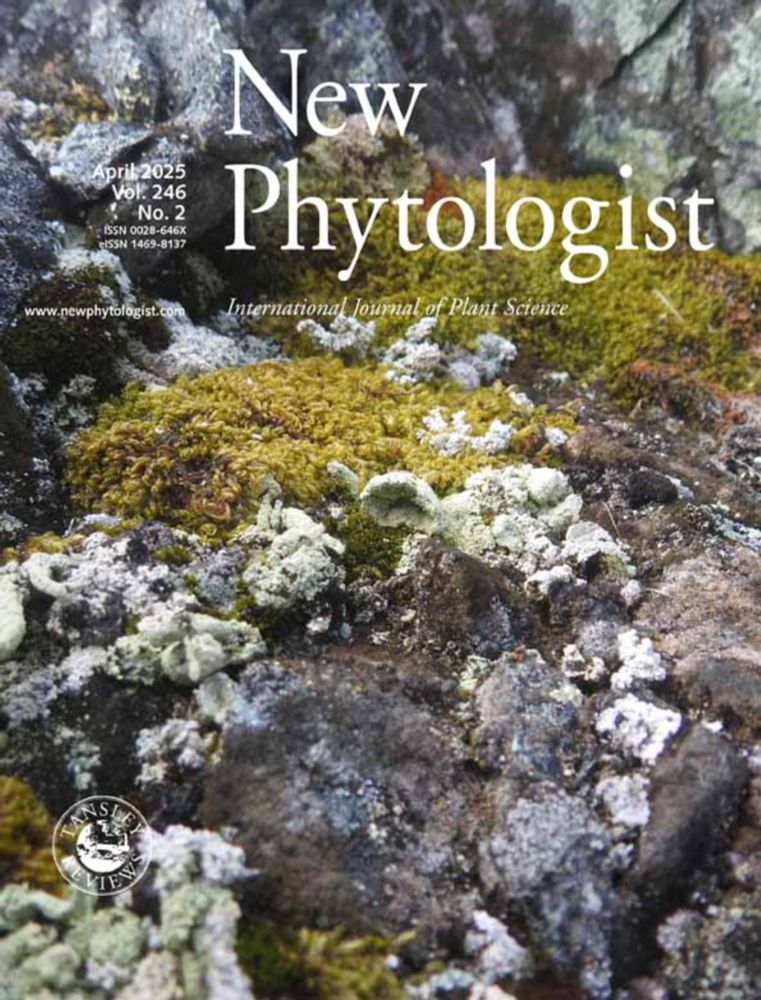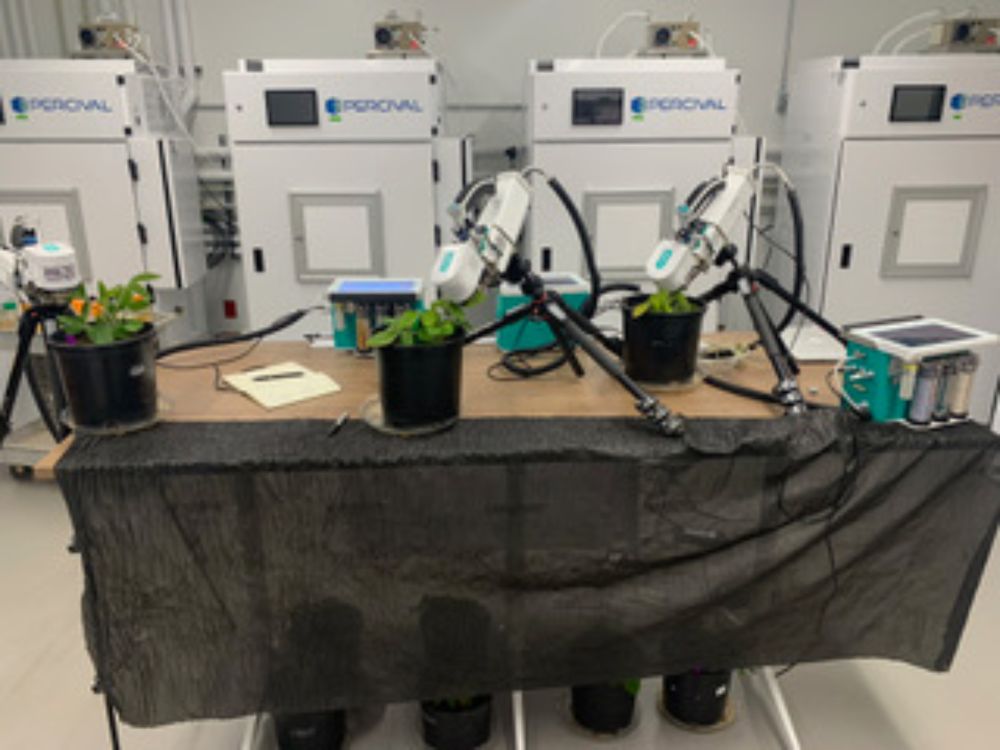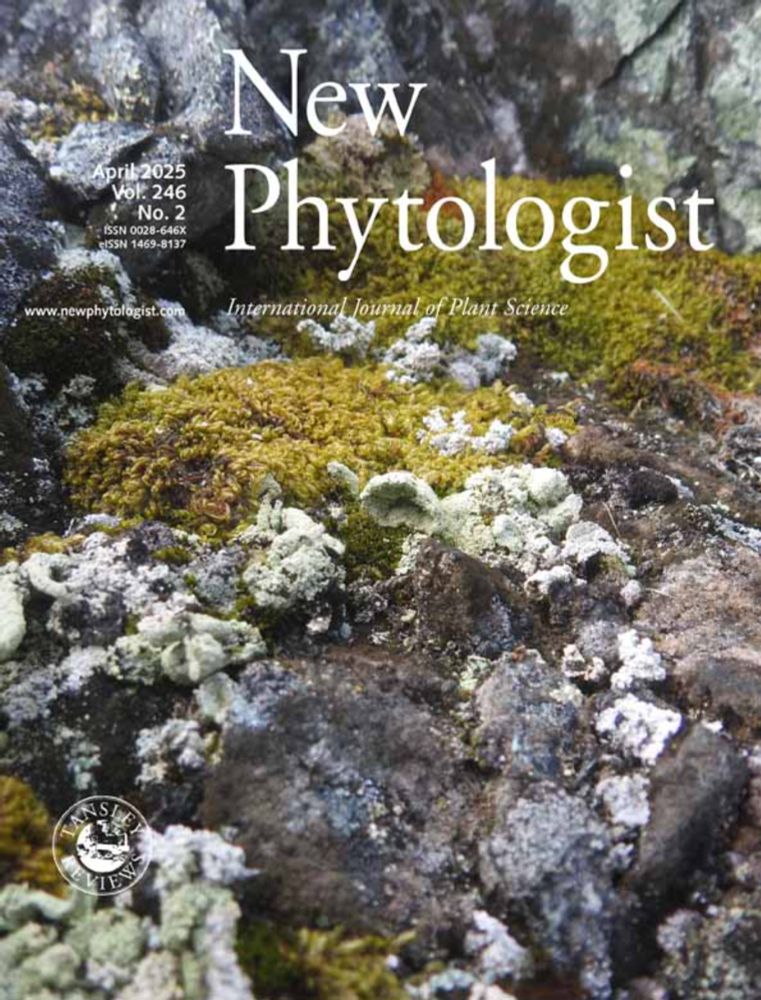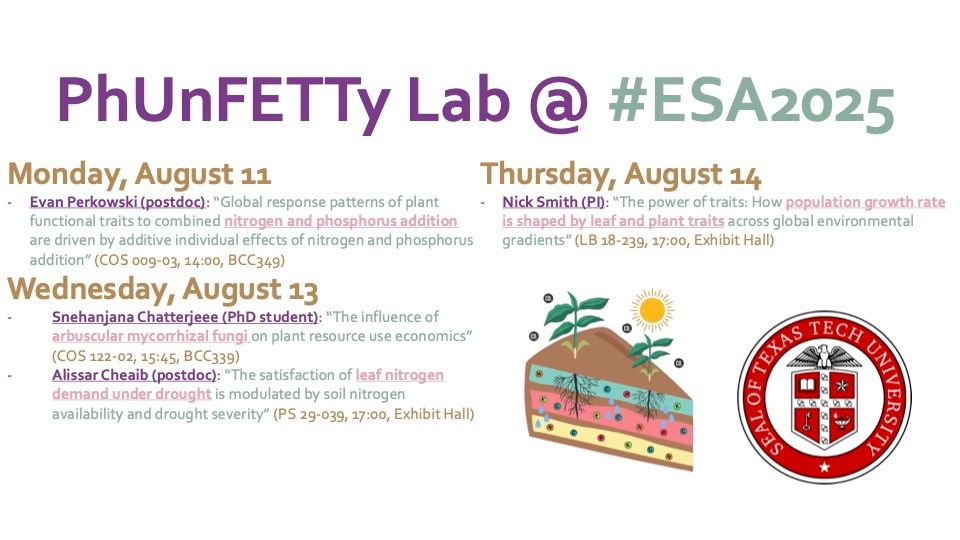Evan Perkowski
@eaperkowski.bsky.social
530 followers
140 following
21 posts
Postdoc @ TTU exploring plant nutrient acquisition and allocation responses to global change | he/him 🏳️🌈
Posts
Media
Videos
Starter Packs
Reposted by Evan Perkowski
Reposted by Evan Perkowski
Reposted by Evan Perkowski
LEMONTREE
@lemontree-uofr.bsky.social
· Aug 13
Reposted by Evan Perkowski
LEMONTREE
@lemontree-uofr.bsky.social
· Aug 13
Reposted by Evan Perkowski
Nick Smith
@nickgregsmith.bsky.social
· Aug 11
Reposted by Evan Perkowski
Nick Smith
@nickgregsmith.bsky.social
· Aug 11
Reposted by Evan Perkowski
Nick Smith
@nickgregsmith.bsky.social
· Aug 11
Reposted by Evan Perkowski
LEMONTREE
@lemontree-uofr.bsky.social
· Aug 11
Reposted by Evan Perkowski
LEMONTREE
@lemontree-uofr.bsky.social
· Aug 8

LEMONTREE at ESA 2025: Exploring Trait-Based Ecology, Resource Economics & Global Change - Lemontree
Members of the LEMONTREE team are heading to the Ecological Society of America (ESA) conference in Baltimore to present new research on vegetation dynamics, climate extremes, and carbon cycle modellin...
research.reading.ac.uk
Reposted by Evan Perkowski
Reposted by Evan Perkowski
Nick Smith
@nickgregsmith.bsky.social
· Mar 27

C4 photosynthesis, trait spectra, and the fast‐efficient phenotype
It has been 60 years since the discovery of C4 photosynthesis, an event that rewrote our understanding of plant adaptation, ecosystem responses to global change, and global food security. Despite six...
nph.onlinelibrary.wiley.com
Reposted by Evan Perkowski
LEMONTREE
@lemontree-uofr.bsky.social
· Mar 26

The Response of Carbon Uptake to Soil Moisture Stress: Adaptation to Climatic Aridity
Written Summary: Plants need water to grow, but plants in arid climates generally use water more conservatively even in wet conditions and adjust their carbon uptake as soil moisture declines. We use...
onlinelibrary.wiley.com
Evan Perkowski
@eaperkowski.bsky.social
· Mar 26
LEMONTREE
@lemontree-uofr.bsky.social
· Mar 26

How Does Nitrogen Shape Plant Responses to Elevated CO₂? - Lemontree
Discover how nitrogen shapes plant responses to elevated CO₂ in this new study using eco-evolutionary optimality theory. Learn how nitrogen demand regulates leaf-level photosynthesis, while nitrogen a...
research.reading.ac.uk
Evan Perkowski
@eaperkowski.bsky.social
· Mar 25
LEMONTREE
@lemontree-uofr.bsky.social
· Mar 25

Soil resource acquisition strategy modulates global plant nutrient and water economics
Natural selection favors growth by selecting a combination of plant traits that maximize photosynthetic CO2 assimilation at the lowest combined carbon costs of resource acquisition and use. We quant...
nph.onlinelibrary.wiley.com
Evan Perkowski
@eaperkowski.bsky.social
· Mar 18
Evan Perkowski
@eaperkowski.bsky.social
· Mar 18
Evan Perkowski
@eaperkowski.bsky.social
· Mar 18
Evan Perkowski
@eaperkowski.bsky.social
· Mar 18
Evan Perkowski
@eaperkowski.bsky.social
· Mar 18



